We only know of ticks as those pesky little insects that live on our dogs’ fur and the reason why need to see the grooming parlor and the vet every now and then.
But did you know that they could niche are pervasive in areas with high elevation where it is wooded and grassy?
And did you also know that they do not feed on dogs alone but also with some other furry critters in the house or in the vicinity like rabbits, squirrels, mice and other rodents?
Well, if you did not know these, maybe it is best to ask about the organic things you could do to repel ticks. Our first answer to that is growing these plants!
How do ticks invade the house?
Another relevant question to ask when it comes to ticks is how do they start invading the house? We have already mentioned that they also feed on other furry critters outside and inside the home.
In addition to this, they also love humid spaces that are close to the soil such as in logs, branches, decomposing leaves and mulch.
They can also invade the house through one thing and one thing alone: they follow where the dogs or rodents are. While they lay eggs on the ground, they will attach themselves to your clothes or to your pets and you will never know. This is exactly how ticks can invade your home.
What smell do ticks hate?
Like all other pests and insects, ticks hate fragrant scents or those that release strong odors. Therefore, the scents that smell good for humans will be hated by ticks.
These scents range from peppermint, eucalyptus, cinnamon and geraniums among others. But when they attach to dogs and other fur pets, it would be another story that is the reason why you should resort to grow some plants that will naturally repel them.
Plants that repel ticks
Speaking of some plants that could naturally repel them, here are some choices that you could explore. Most of these plants are herbs and spices or those that release minty smells.
Others have in them a specific chemical compound which when extracted is used as main components in many commercial insecticides.
1. Garlic

Aside from being a go-to spice for almost all dishes, it also deters ticks because of its strong smell.
It is advised that the garlic be planted in a scattered manner in the garden or simply crush some cloves to be put near dog cages or just around the house to keep it tick-free.
2. Catnip
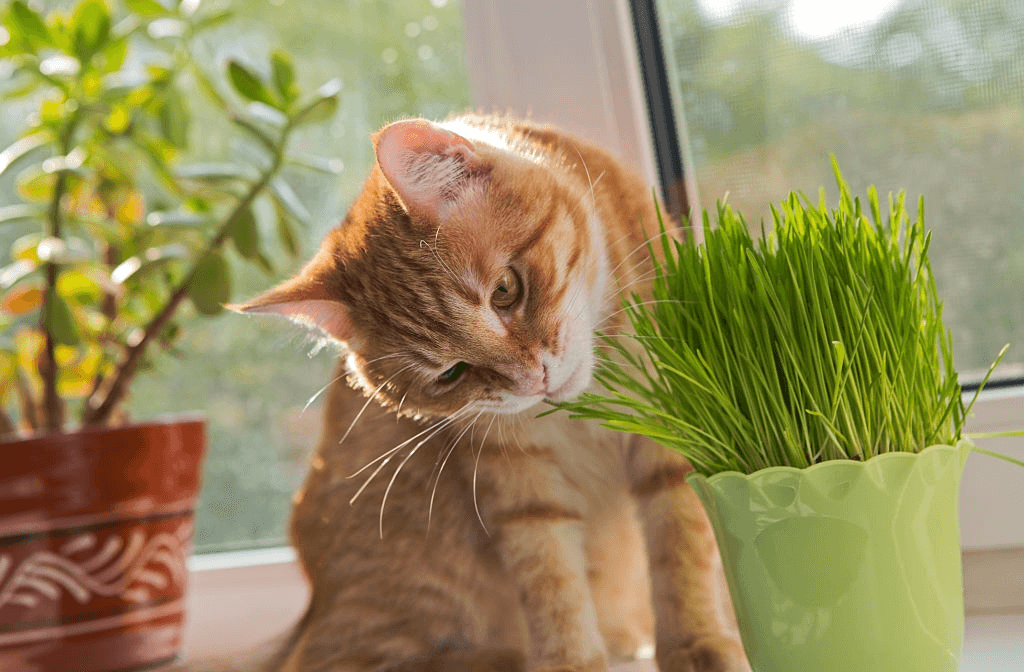
This plant also gives off a strong smell (which cats love) that ticks hate. It contains a chemical compound called nepetalactone which is a component of many commercial insecticides.
Not only does this plant deter ticks, it also deters many pesky insects like mites, fleas, mosquitoes and even roaches.
3. Rosemary
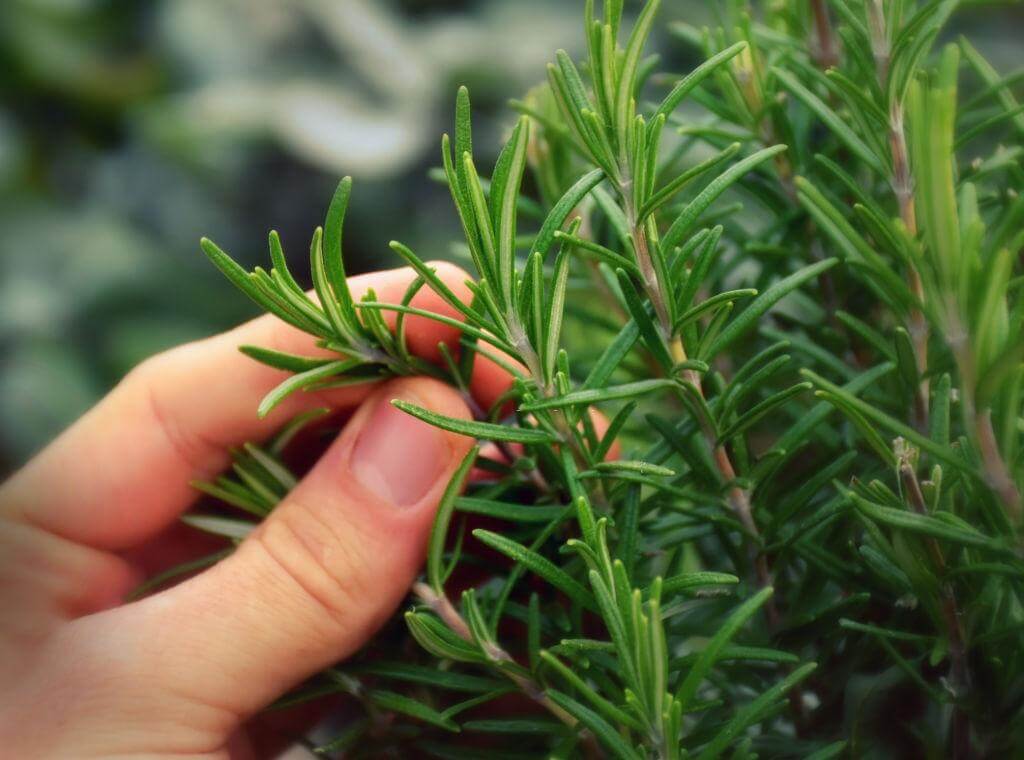
This small plant is also a famous herb for many dishes. Because it is a small plant, it can be planted in pots indoors, which is a good thing because ticks and other insects hate because of its strong smell. It is easy to cultivate and you would have a fresh supply of it every day for your cooking.
4. Rue
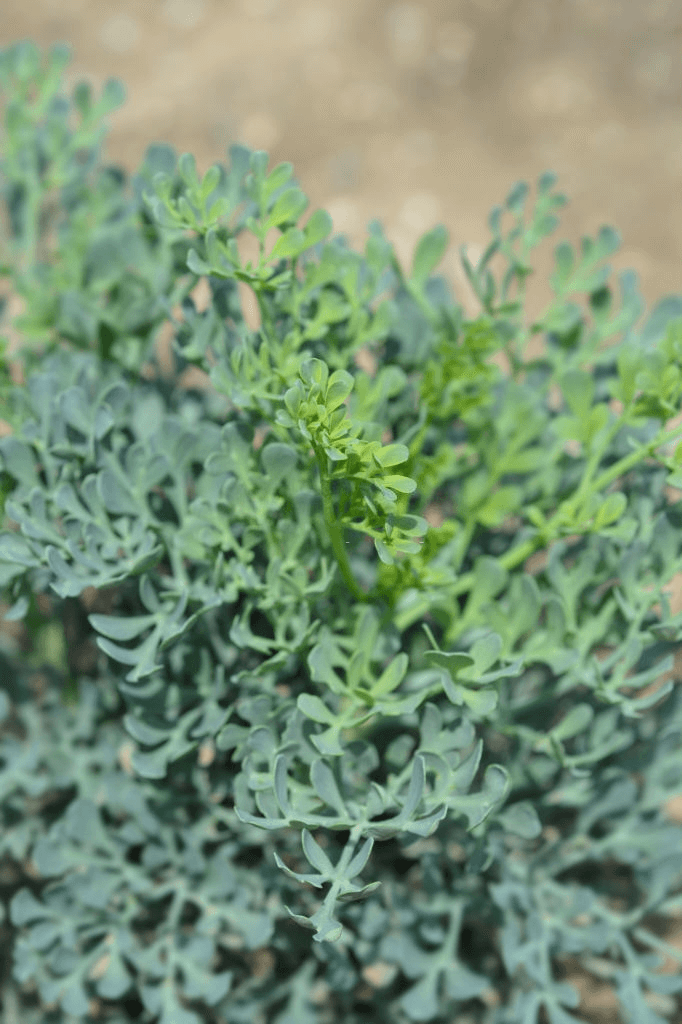
You would distinguish this plant easily because of its heart shaped small leaves that are metallic blue in color.
This plant has a lot of functions: it is antifungal, antimicrobial and is a natural repellent for ticks, fleas, and mites, among others. It is also very easy to cultivate and does not have a lot of plant requirements.
5. Wormwood
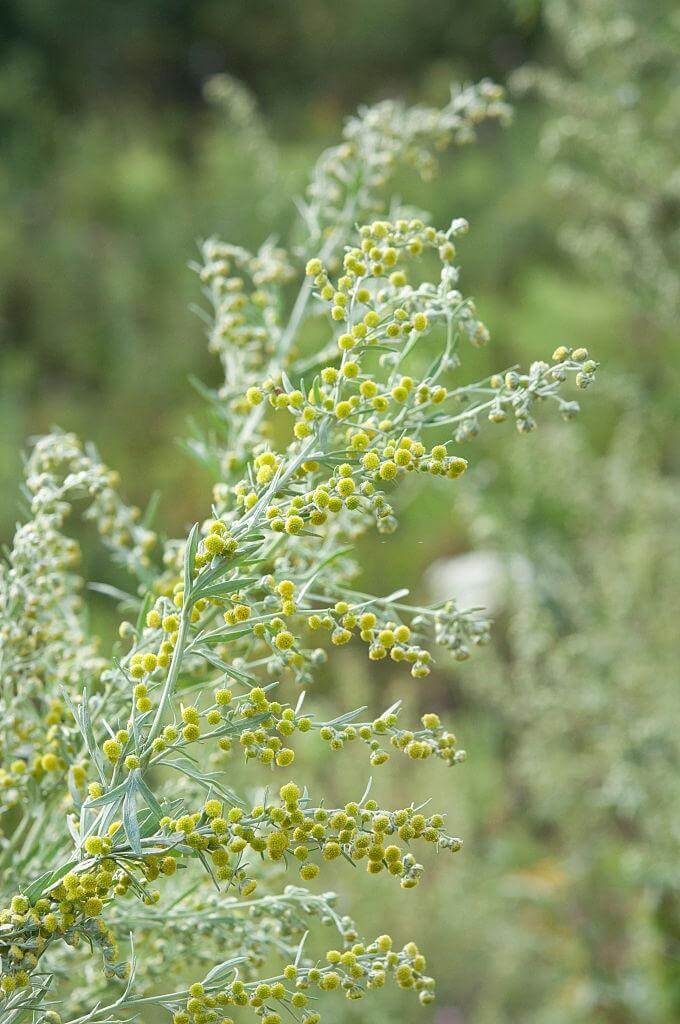
This plant goes a long way since it has been traditionally crushed and dried to make herbal tea for a lot of ailments like diarrhea, prolonged fever and many more.
It is very bitter that is why through the years, it evolved into a potent insect repellant to shoo off ticks, fleas, bugs and others. It will produce bright yellow flowers which can be very catchy if you plant them in the garden.
6. Chrysanthemum

Aside from being beautifully colored plants that are great to use in landscaping, chrysanthemums also release strong smells that insects do not like.
It smells citrusy and has a specific chemical compound which organically repels ticks, moths, fleas and bugs from your yard and homes.
7. Pennyroyal
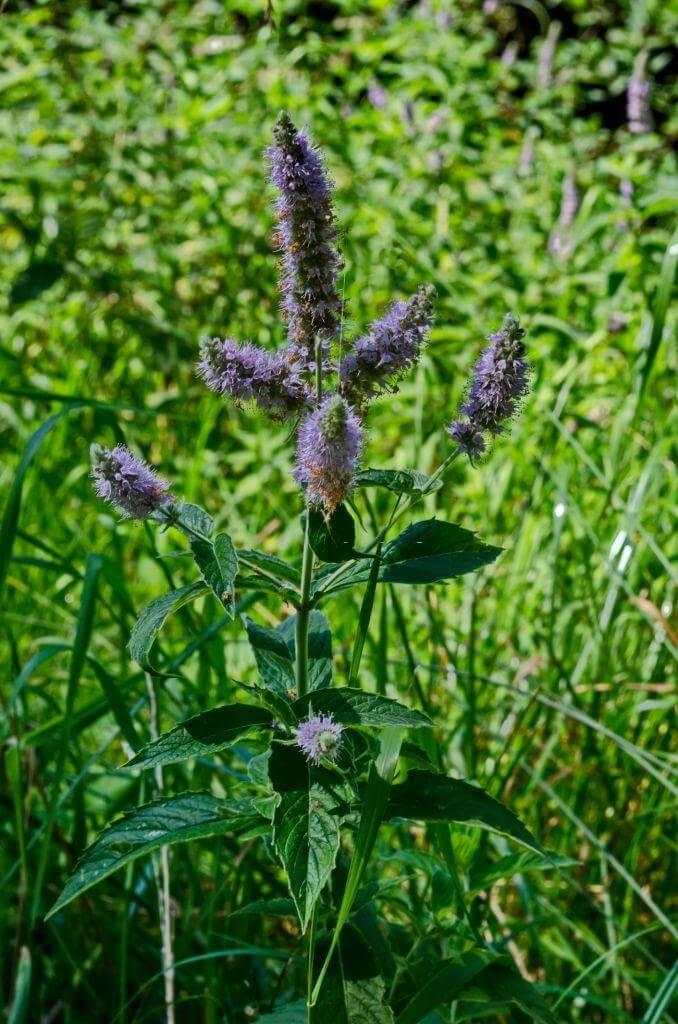
It is one of the plants that are considered as tick repellants. It belongs to the family of mint and it can grow quickly with low maintenance requirements.
It is recommended that it must be planted in between plants to repel ticks from invading the home and for other insects like mites, bugs and fleas to no longer be pervasive in the garden. This plant is also used in repelling mosquitoes.










